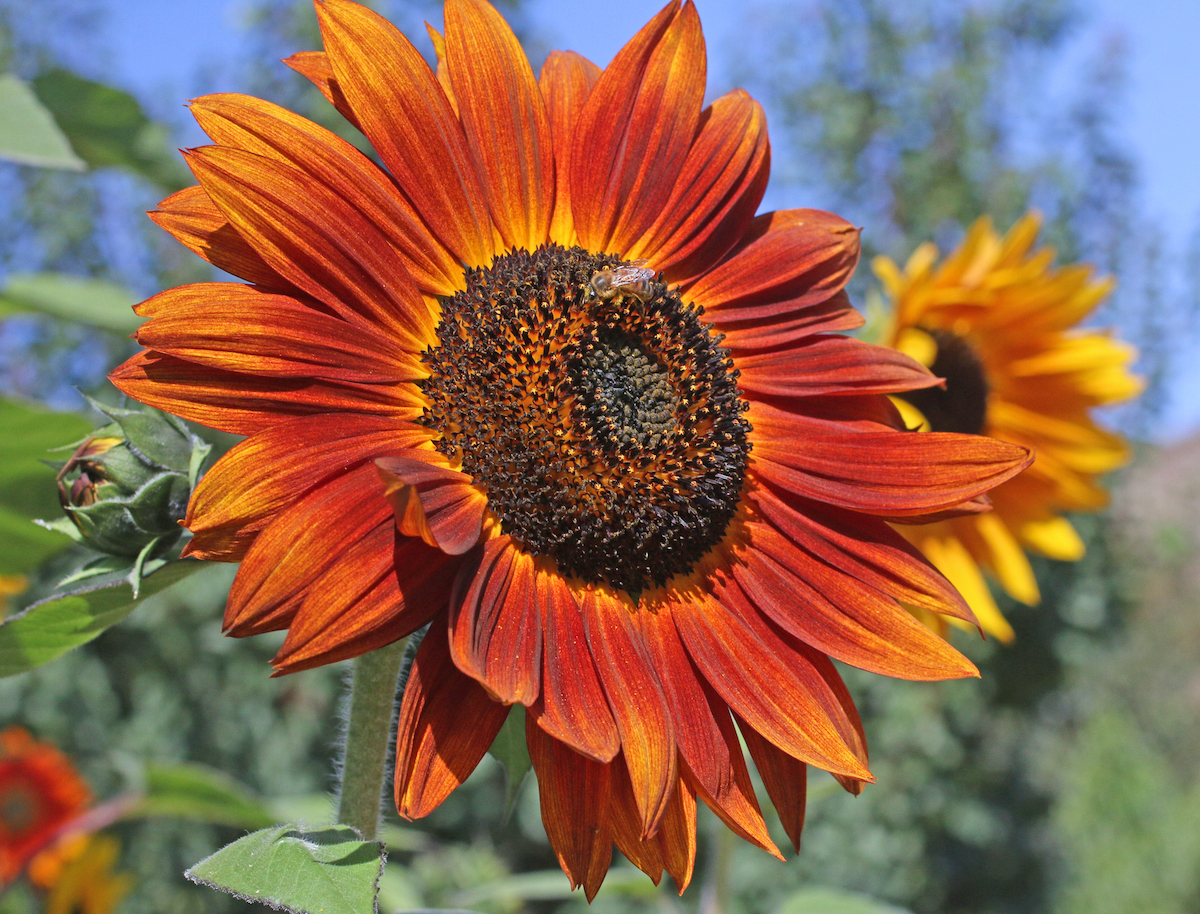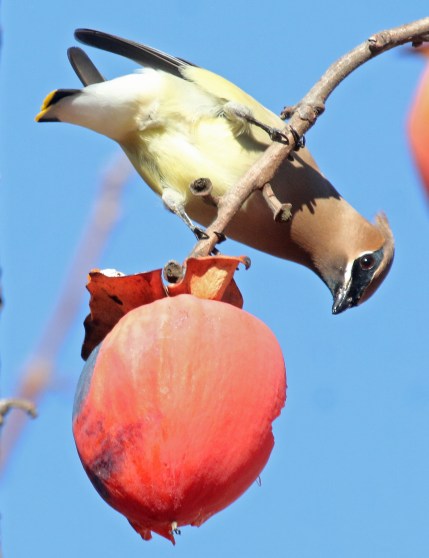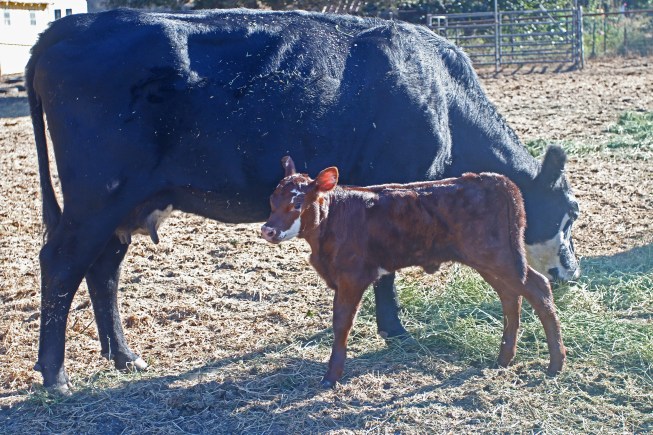Savoring Santa Barbara’s Seasons
Calves, Flowers, and Fruit Mark the Changing of Time

Those of us who are lucky enough to live on the land, out in the hills and open places, far from towns, we live in tune with the seasons. Not just the usual four, but many more. The rainy season, the dry season, calving season, fire season, harvest-time, and on and on. Many things that we do from day to day and from month to month are determined by these periods.
Calving season is one of my favorite times. I watch my cows for signs of imminent calving, and then I feel relief when the shiny, velvety babies appear. Over the years, we have lost some newborns to mountain lions. My little place has a steep ridge, on the other side of which are hundreds of acres of wild country. Baby calves are pretty silly and unaware of their surroundings, so I keep them close to the house on the flats for a few days after they are born. Heifers that are expecting their first calves need more watching, as they sometimes have difficulty with the birth.

During harvest season, I observe with interest as my neighbors cut and wind-row their lima beans. After they dry in the sun, the beans are harvested with huge, prehistoric-looking machines. Dust clouds arise as the harvester passes through, and the sun lights them up like billowing smoke. There are many tricks to growing a successful lima-bean crop, and the local farmers dry-farm, as did their parents before them. This means that they do not irrigate their fields at all. With special attention, and using special tools, they conserve moisture from the winter rains beneath the soil until the springtime. Then they open up the ground and plant once more.
Fall is Keats’s “season of mists and mellow fruitfulness,” although we have a different selection of fruit in our land. We dry apples, make fruit leather for the kids, and fill jars with applesauce. Persimmons hang like orange lanterns on the boughs, and there is loud chatter and song as birds pick at them. From the soft pulp, I make breads and puddings to give away during the holidays. Plums, peaches, and pears are canned and saved in neat rows on the shelves. Bottled and dried, made into ketchup and salsa, tomatoes will give us many tasty meals throughout the year.
Then there is fire season, though we are told that this season is really all year long. Recently, a 17,000-acre fire was driven by fierce winds from the mountains to the coast, leaving much of the land gray and covered with charred branches and hardened, ashy mud. Not many weeks later, fire-adapted trees and shrubs are sprouting anew from their bases. In shady places, delicate ferns are unfurling from the black wasteland.
Sign up for Indy Today to receive fresh news from Independent.com, in your inbox, every morning.
Most of us yearn for the rainy season, although this brings challenges with it, too. Often, the bulk of our water comes in just a few big Pacific storms. Last winter, we had only one decent rain, followed by many months of drought. We watch the weather-people and we listen for mention of inside sliders and atmospheric rivers. If the jet stream moves south, we have more chance of rain. If a storm approaches, we dig ditches and sometimes we fill sandbags. We move hay into our barns and we wait for the sky to open.
In our Mediterranean climate, most of our rain falls in winter, but summer fog is significant, and many native plants depend upon it. Some years ago, a study in a neighboring county found that fog contributed up to 10 inches of extra precipitation.
Later, in spring, wildflower season is upon us. Some years, we have spectacular shows of color in the hills and on the grasslands. As a flower follower, I go to Figueroa Mountain, Drum Canyon, the Cuyama Valley, the Carrizo Plain, and Shell Creek. I know other secret places too, where carpets of tidy-tips, cream cups, lupines, and owl’s clover may be found. There are early flowers like chocolate lilies and shooting stars, and others, like golden stars, that bloom later as the soil is drying out.

My husband’s favorite time of year was when he could see waves as the wind blew through the wild oats — a special but fleeting time, when the hills turn from green to gold. If we can see these waves, we know it will be a good grass year for the cattle.
And then there is the long, hot summer. I grew up in a cool, moist place, and I often long for the light to change, and for clouds to flit across the sky. I wish for more variety in the weather … but we have endless days of bright blue sky with not a cloud in sight.
Summer is the season for happy sunflowers, zinnias, and cosmos. A myriad of busy bees and colorful butterflies buzz and flutter in search of nectar and pollen. Our gardens produce an amazing bounty of peppers, eggplant, corn, and squash.
The bulls are now separated from the cows until Thanksgiving. They roar and fight for a while, and then they settle down, content with living together.
If we have good grass, summer is the time to watch the calves grow fast alongside their fat, lazy mothers. I’ll always remember my husband saying: “I just love to watch cows eat.”
Support the Santa Barbara Independent through a long-term or a single contribution.




You must be logged in to post a comment.